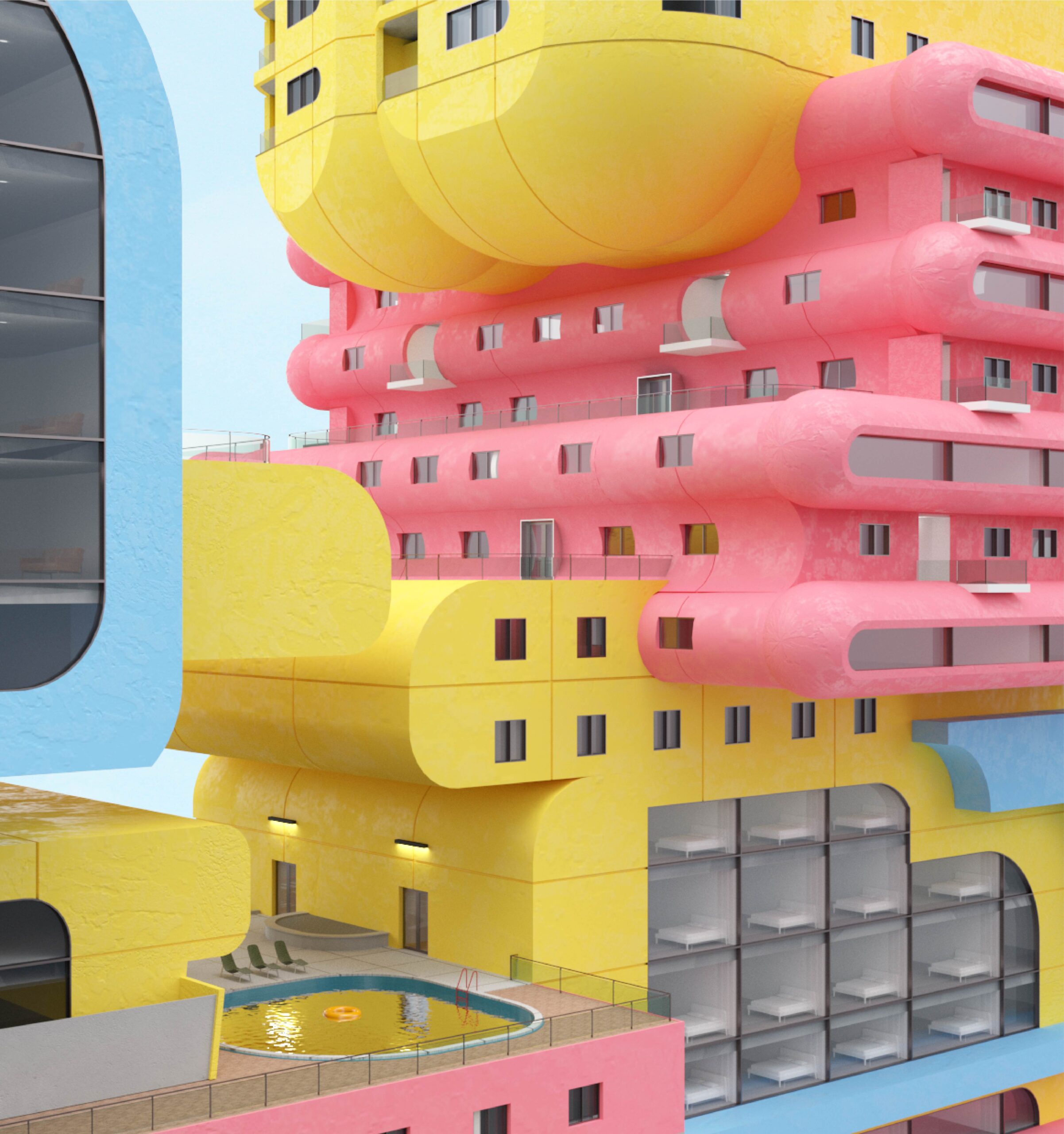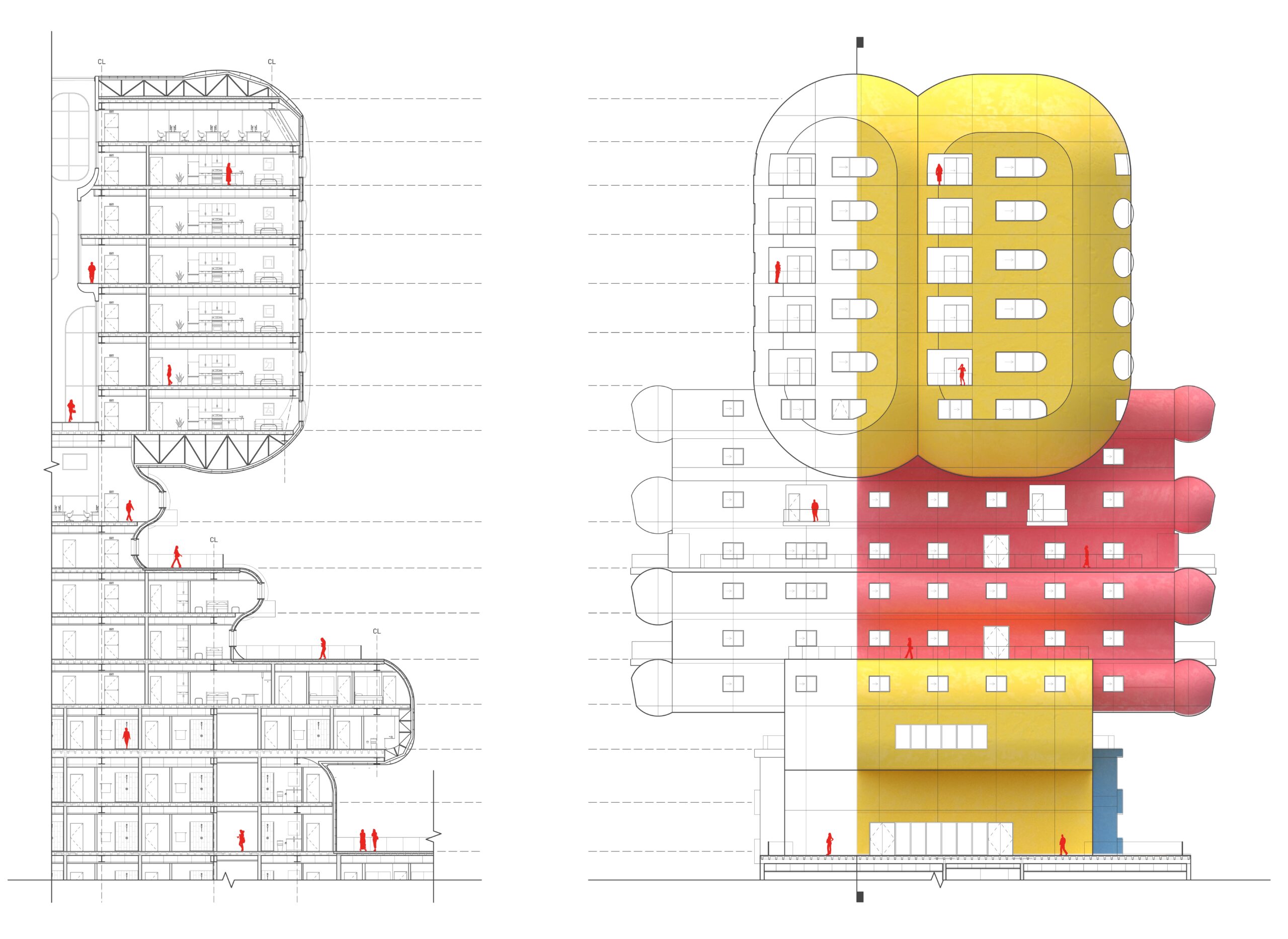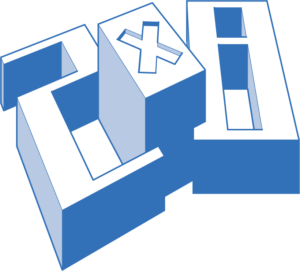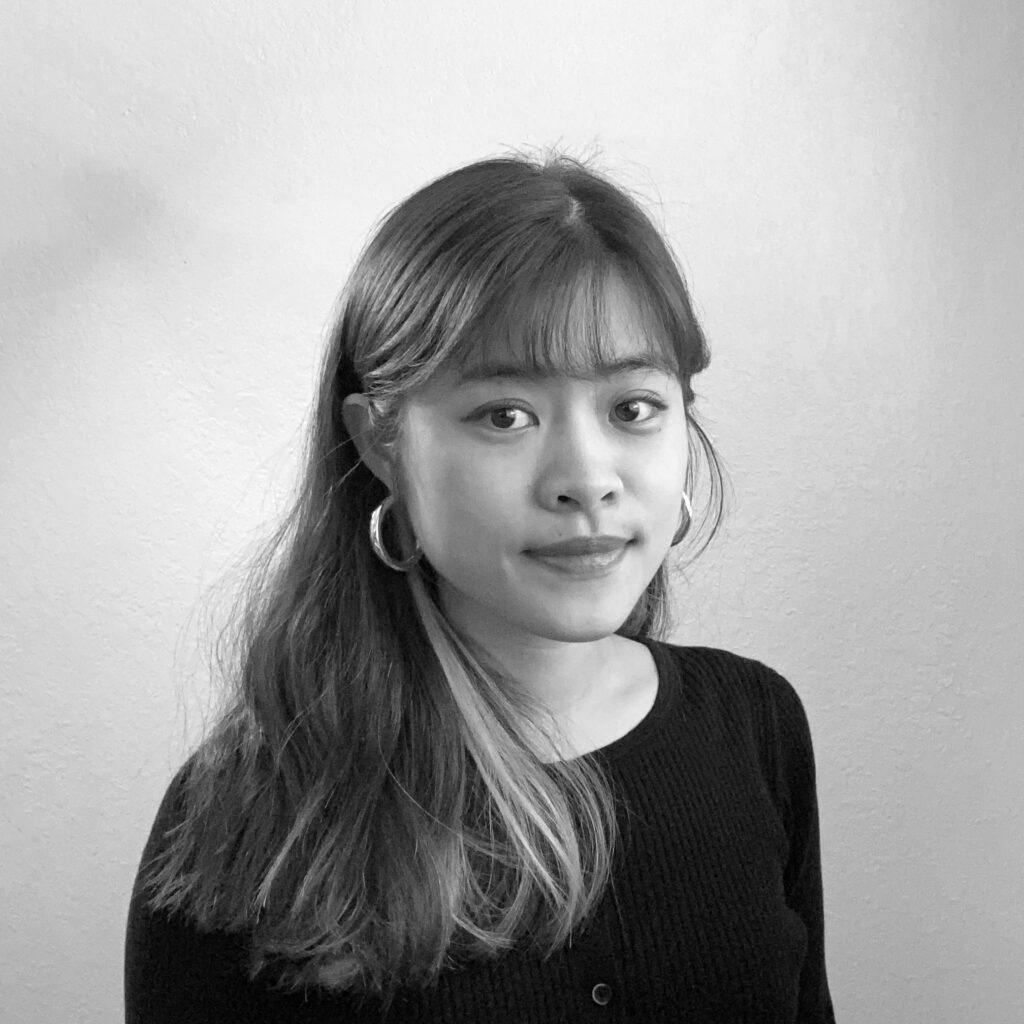
Peipei Pei-Ju Wu
California Polytechnic State University, San Luis Obispo
Stephen Phillips, Jimenez Lai, Pavel Getov, Teddy Slowik, Ismael Soto Stephen Phillips, Jimenez Lai, Pavel Getov, Teddy Slowik, Ismael Soto
The Soft Landing is a multi-functional high-rise project that sits across Macarthur Park, Los Angeles. It connects itself with the existing underground Metro Station and the adjacent neighborhoods. It strives to provide visual softness through its formal language and coloration, social/economical flexibility through the transitional nature of the building programs, and hierarchical fluidity, which intends to eliminate the programmatical boundaries within the building.
Soft Landing
The building site is sitting across the MacArthur Park in Los Angeles with an existing underground Metro Station. Historically, the Park has been known for violence and has undergone several redevelopment and improvement. The surrounding area has currently been occupied mostly by immigrant populations with lower income and is considered a renters’ market when compared to the entire Los Angeles City. Even though its adjacent area has been going through several waves of gentrification, the site seems to be left behind from the major architectural renewal events. However, outdoor activities, local swap markets, and vendorsstill populate the plaza.
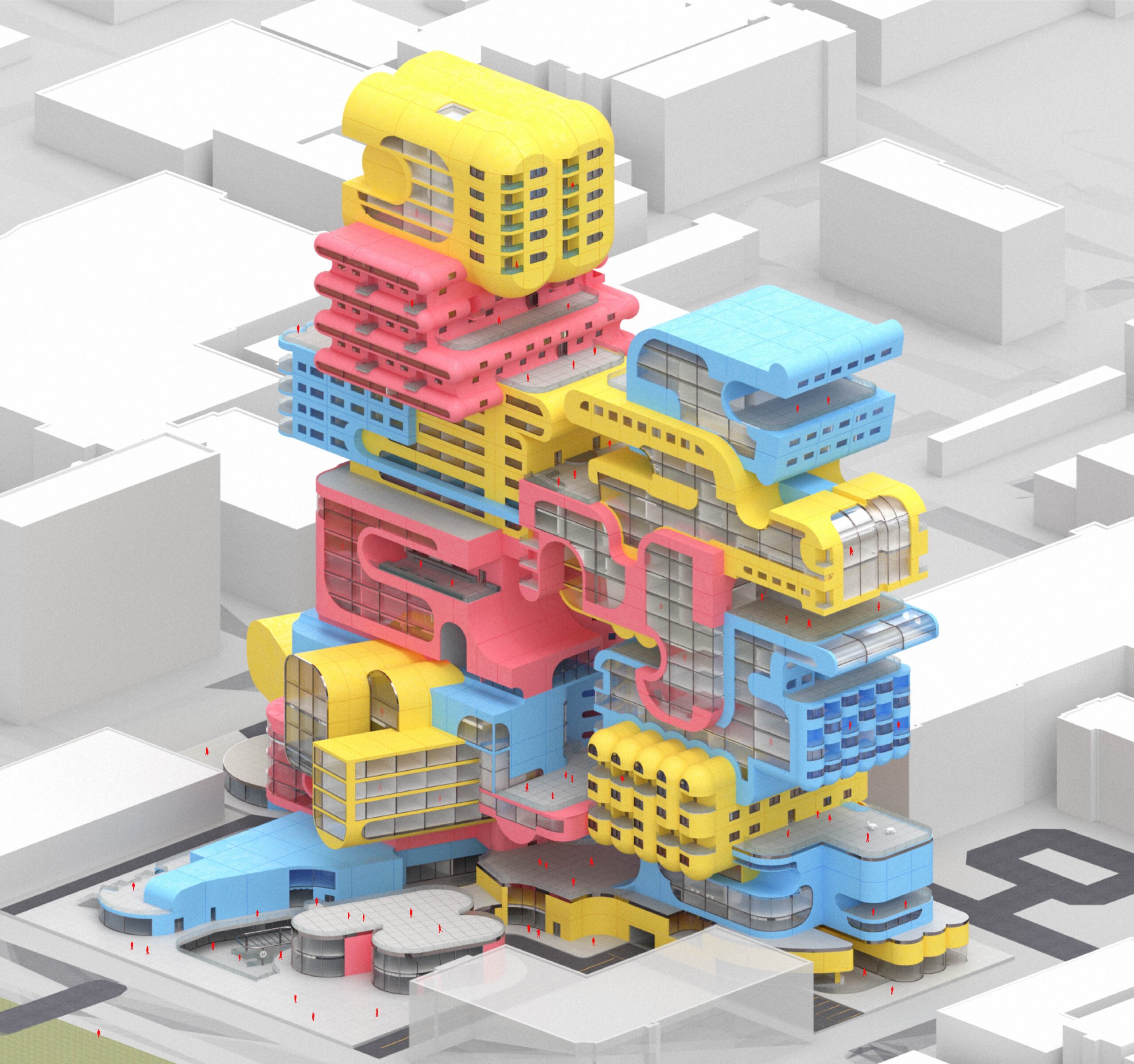
The project, Soft Landing, is then intended to serve as a welcoming and multifunctional anchor point to the site. An unconventional formal experiment is conducted to achieve so. In the initial formal exploration, the vertical stacking of massing determines the basic topological quality for the objectof study. Subsequently, void space is introduced to break the massiveness during the process of vertical accumulation. The final form is then intervened by “soft objects” — geometries that are derived from cylinders and capsules.
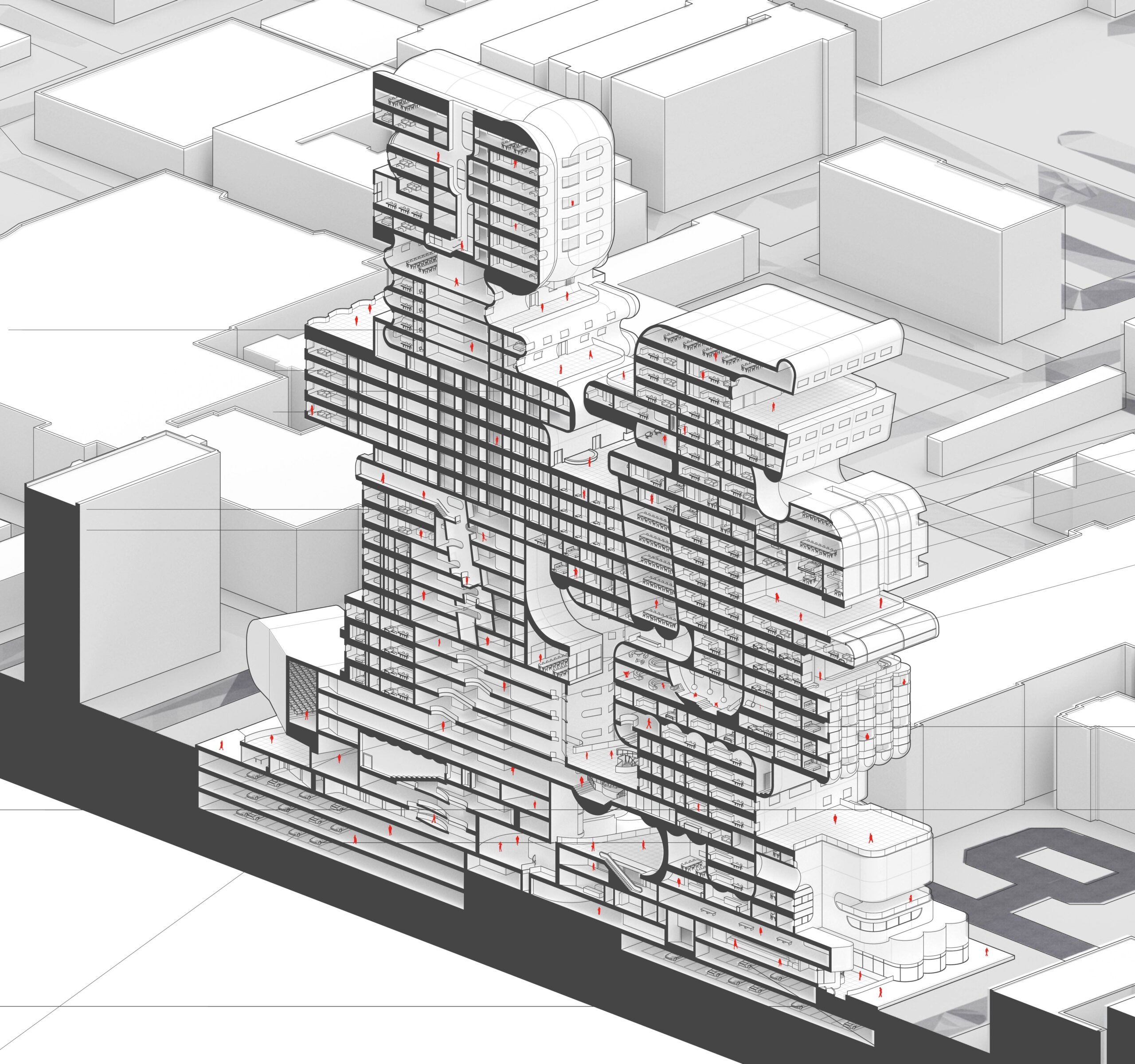
Taken from the abovementioned study, the building formal articulation with these “soft objects” landing on each other are referred to as 17 different “types.” Ideally, each “type” would contain different programs, and the notion of program dispersal would thus create a sense of vertical city within a single building. To further arrange the programs and prevent unwanted confusion for the building users, the 17 “types” are sliced horizontally into 7 “clusters,” and each “cluster” individually accommodates a group of associated programs.
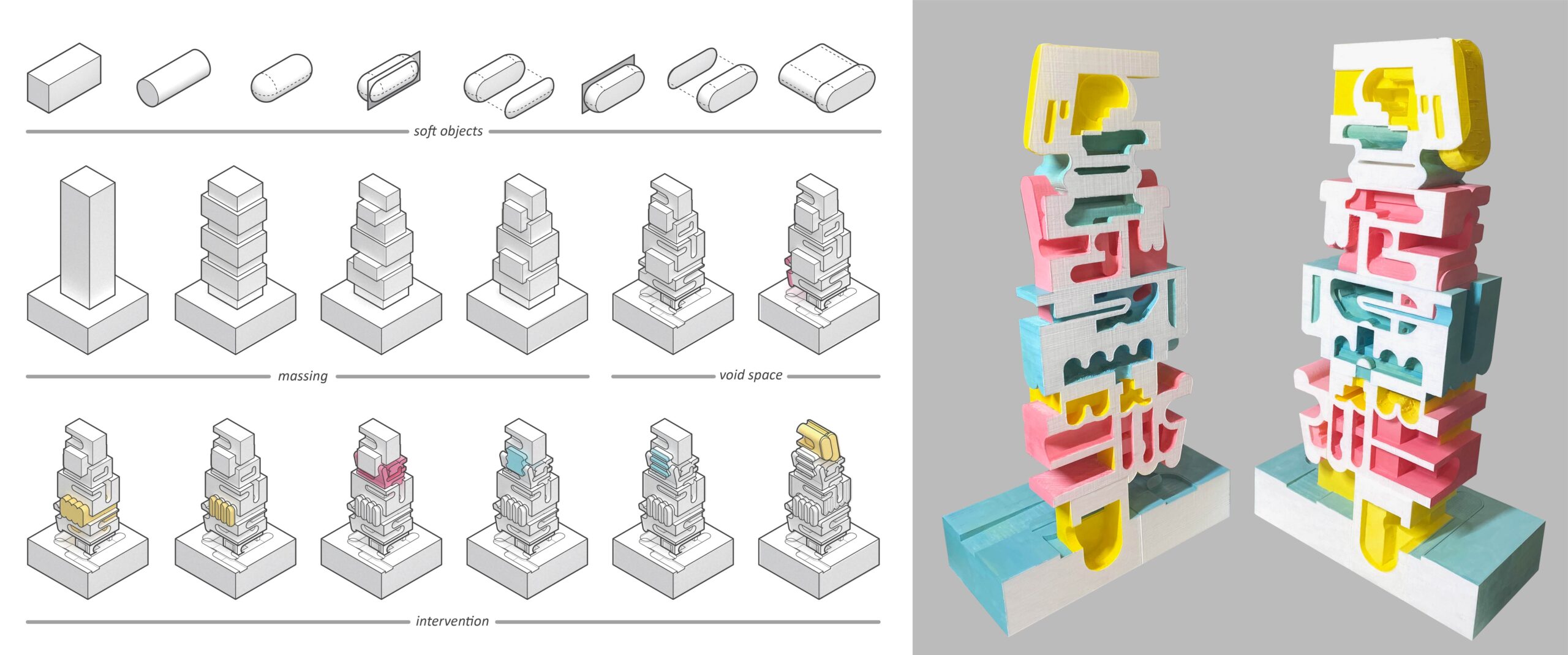
The visual “softness” from either the vivid colorcombination or the curvilinear building form represents itself to be an inviting landmark standing out in the surrounding cityscape. The colors and curvatures are achieved through the application of GFRC panels attached on the building facades.

The economical or scientific term, Soft Landing, is borrowed for this project to describe a situation in which vulnerable or immigrant individuals or families can acquire adequate, immediate assistance and be able to be accommodated gradually by the social support systems. The building programs not only include commercial retail space, theaters, office space, restaurants, hotels, and regular residential units, but also provide social services, daycare, urgent care, non-for-profit organization offices, micro-unit housing units, and transitional housing units.

On the ground level, the two Metro Station entrances are linked by a central axis that connects the two sides of the neighborhood. The retail and restaurant space are mainly facing outward to the streets to invite visitors, and social services and urgent care are placed on the ground level too to offer timely assistance. Both the ground-level parking and underground parking are available for the building occupants to utilize.

Adequate outdoor space is preserved for the existing outdoor activities and vendors. Vertically, the building is made porous too with plenty of private or public outdoor spaces.

Inside the building, there is also “softness” in terms of the programmatical hierarchy. As mentioned above, programs are dispersed in an organized way, and the boundaries among programs are blurred. In doing so, dynamic dialogues and interactions are encouraged to happen among the different building occupants.
